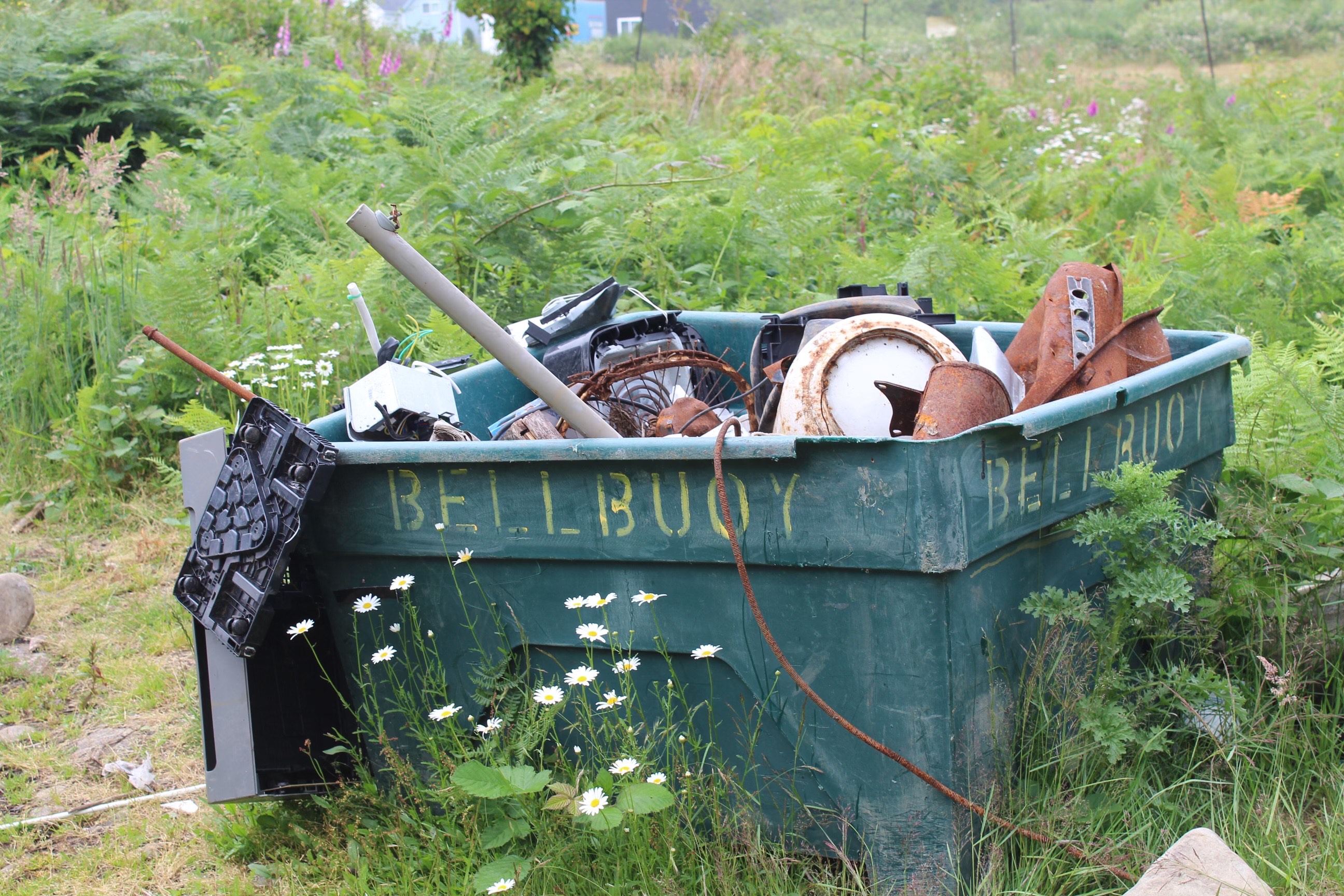Area photographer captured Oregon coast scenes in the early 20th century
Published 5:00 pm Thursday, July 4, 2013

- <p>Elaine Murdy</p>
Many historical photos of Cannon Beach and the Oregon coast were taken by Frank Woodfield, a resident of Tolovana Park during the early 1900s.
An impressive number of the archival images on display at the Cannon Beach History Center & Museum feature Woodfields designation along the bottom. Such was his gift for documentation that the works of this businessman cum photographer have become nearly ubiquitous on the Oregon coast.
Frank Woodfield was born in Astoria on July 17, 1879. His father, Ernest Woodfield, came to Astoria from Devonshire, England to open a cannery, the Point Adams Company, to take advantage of the high demand for salmon that Astoria was producing.
Unfortunately, Point Adams burned down in the first Astoria fire, causing undue stress to Ernest. The family then moved to Santa Barbara, Calif., where Ernest died shortly thereafter. Frank was only 4 at the time. Eventually, Marie, his mother, made her way back to Astoria, where Frank graduated from Astoria High School.
Frank Woodfield was an industrious man with a keen grasp for public demand. Just a year after graduating from Astoria High School in 1898, he started his own company. The young entrepreneur sold wholesale produce, fixed bicycles and held exclusive coastal rights to sell the Rambler, a popular bicycle of the time.
Woodfield met his wife Irta when she was visiting her sister in Tolovana Park. The two soon married and purchased land in the Tolovana Park area to use for summer getaways from Astoria. Frank and Irta would travel by motorcar along the windy roads from Astoria to Cannon Beach.
In 1910, Woodfield was introduced to photography by a man named Elmer Alan Coe. Coe was a businessman to whom Woodfield could relate. Coe was also an established photographer. It wasnt long before he shared his new friends love of photography.
Woodfield was a natural. Both he and Coe would travel the coastline, capturing the most iconic of Oregon images. Woodfield and Coe took many photos of early Cannon Beach, Astoria and Arch Cape.
Woodfield, always in tune with public appetites, realized the desire for postcards and photo collections. His next move was to create and market photo postcards prominently, featuring the major themes of a given area. Wife Irta, an artist in her own right who worked in belles-lettres, would design and create frames for collectibles and tint photos for Frank. Last year, a beautiful frame, created and colorized by Irta Woodfield, was donated to the history center.
Woodfields photo postcards still pop up all over the world. Many are housed at the Maritime Museum, the Clatsop County Historical Society, the Cannon Beach History Center & Museum, the Oregon Historical Society and even the Library of Congress.
Woodfield was arguably the most prolific coastal photographer of his time. There were many other well-known Oregon photographers, perhaps some more famous, but very few that were as handy with the Kodak No. 10 Cirkut.
The Cirkut originally was designed to showcase large groups of people, and because the camera rotated, it allowed the photographer to be much closer to the subject and yet still capture the whole group.
This allowed Frank to take his most popular photos, the panorama. Frank was able to capture 360 degrees of beautiful Oregon landscape. When the second great fire tore through Astoria in 1922, Frank was there to capture the images that would be seen around the state.
Frank and Irtas love of Cannon Beach was evident in their family photos, films and in Irtas poetry. If he enjoyed the succinct medium of the picture, then she preferred the articulation of a thousand words, both believing them to be worth the same.
Soon after the couple retired to Tolovana Park in 1944, Irta began to focus on her writing with renewed passion.
She wrote, I arise at 6, as a rule, each day, and write as long as I feel like it.
Many who passed by their Tolovana home could hear the clacking of Irtas brand-new Royal Portable typewriter. In December 1954, Irtas book, Beside Our Sandy Shore, was published. Only 500 copies ever were printed. Two months later, Frank Woodfield died at home.
Frank and Irta built several homes over the years in Tolovana Park, and one will be featured on this years 10th Annual Cottage Tour. Special thank you to Tom Olsen Jr. who created a beautiful and moving film about Frank and Irta Woodfield.









